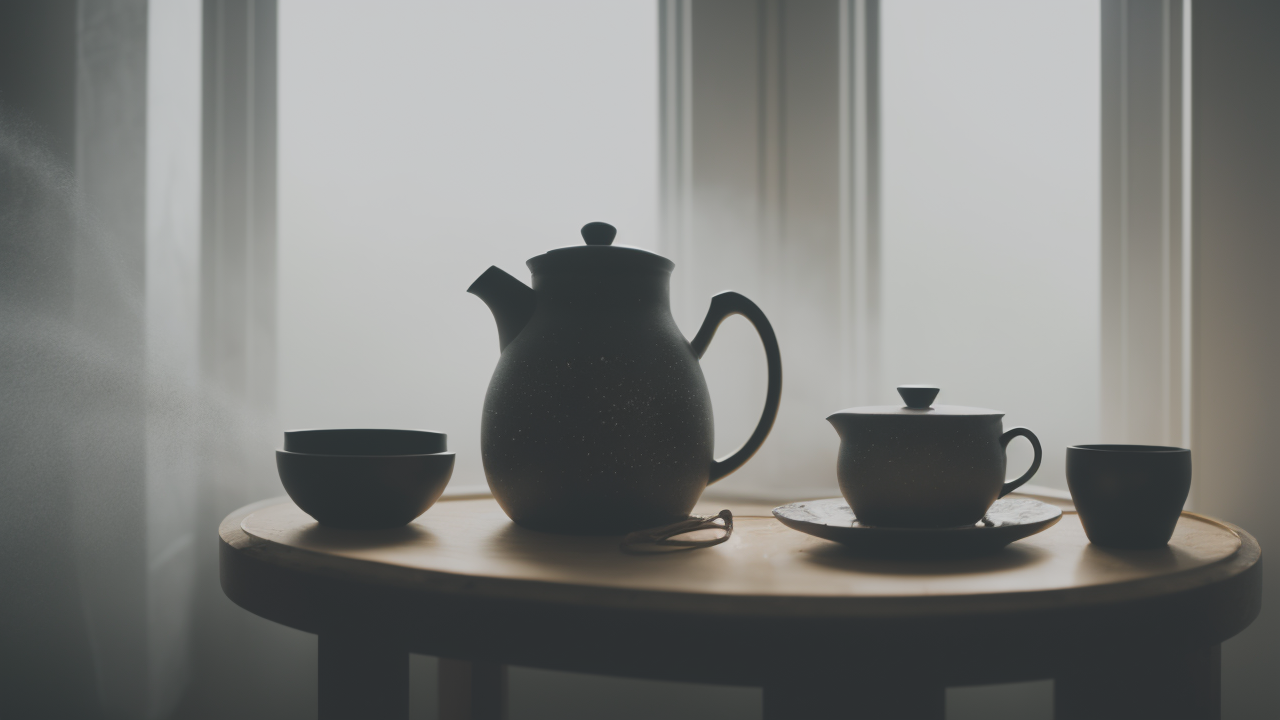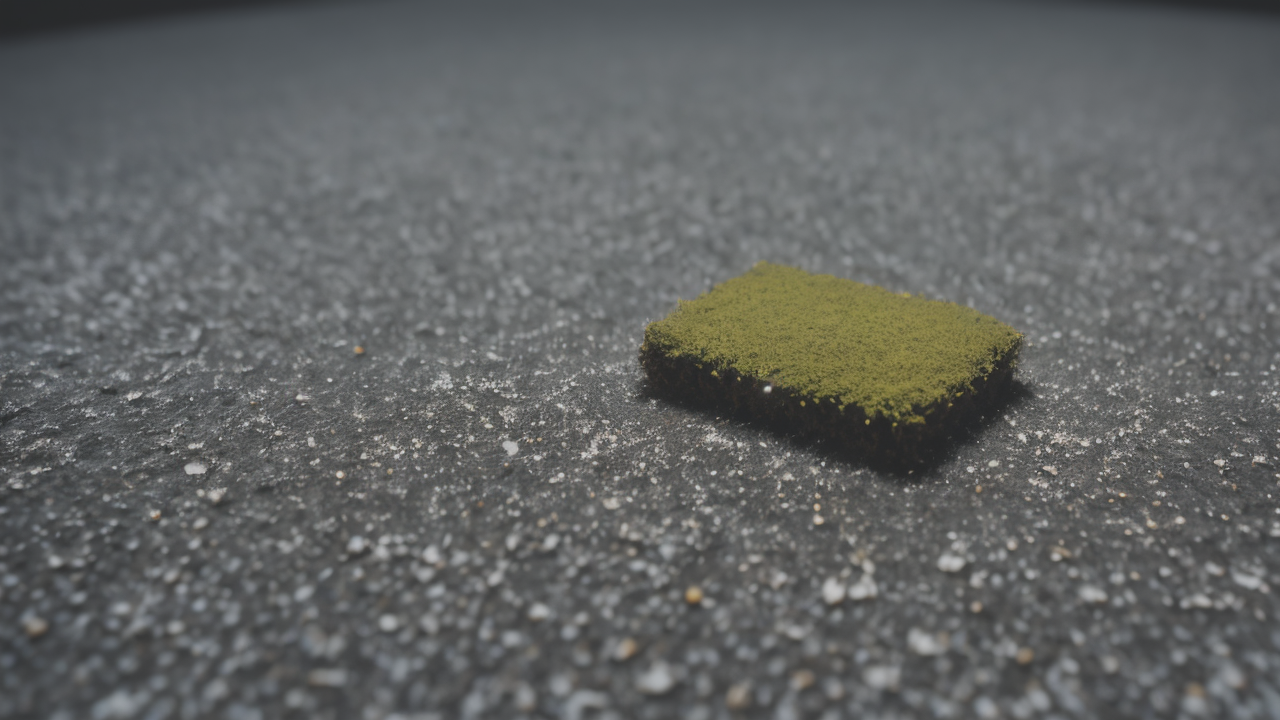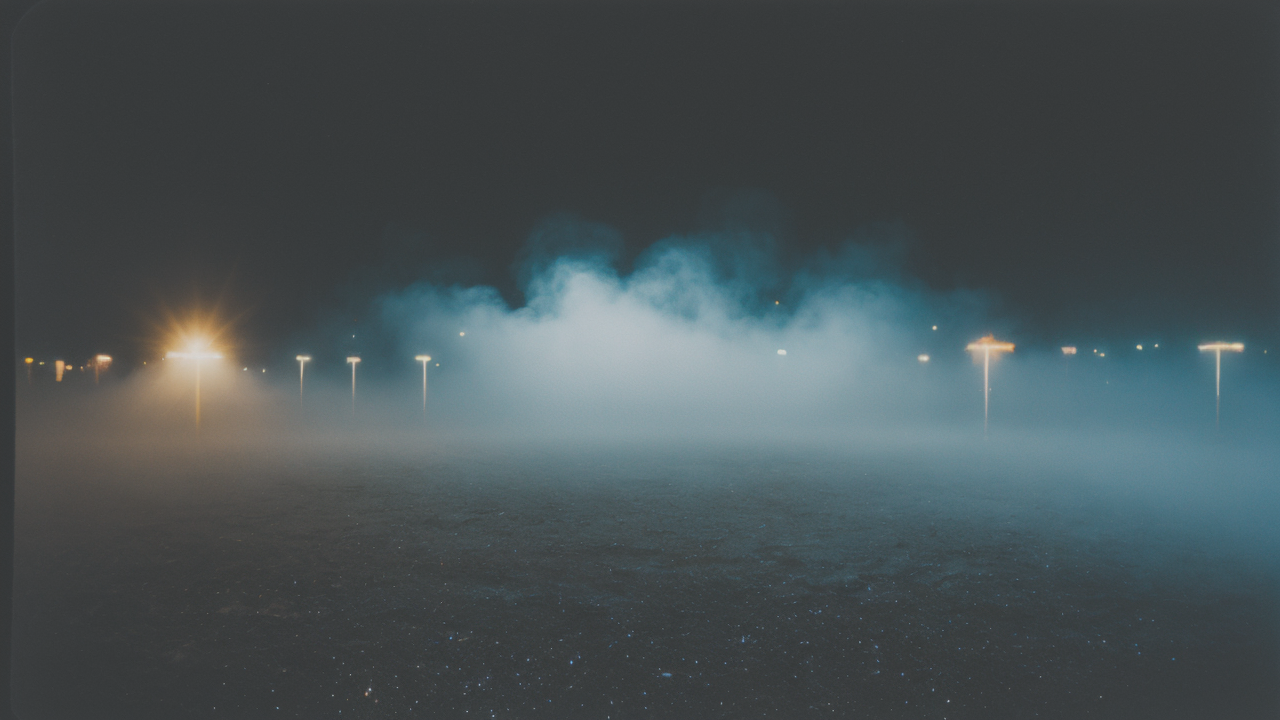
Expert Tips for Incorporating Wabi-Sabi Art into Your Home with Palette Canvas
Understanding Wabi-Sabi: A Brief History and Modern Implications
The Origins of Wabi-Sabi in Japan
Wabi-sabi is a Japanese aesthetic concept with deep roots in Zen Buddhism. It emerged in the 15th century as a reaction to the prevailing trends of ornate, perfect, and luxurious art. The term 'wabi' originally meant the loneliness of living in nature. 'Sabi' referred to the passage of time or withering.

Over time, these concepts evolved. They came to embrace the beauty of imperfection and transience. Wabi-sabi celebrates the marks of age, wear, and repair in objects. It finds beauty in simplicity, asymmetry, and the organic.
In traditional Japanese culture, wabi-sabi influenced tea ceremonies, pottery, and architecture. It valued rustic simplicity, intimacy, and appreciation of the ingenuous integrity of natural objects and processes.
How Wabi-Sabi Aesthetics Influence Modern Art
Today, wabi-sabi has found its way into modern art and design. It offers a refreshing contrast to the sleek, mass-produced aesthetics of our digital age. Artists embrace wabi-sabi to create works that feel authentic, lived-in, and connected to nature.
In painting, wabi-sabi might manifest as muted colors, rough textures, or asymmetrical compositions. Sculptors might leave materials unfinished or highlight natural flaws. Photographers may focus on decay, weathering, or the passage of time.
Wabi-sabi in modern art often incorporates found objects or natural materials. It celebrates their inherent qualities and imperfections. This approach resonates with eco-conscious consumers and those seeking a more mindful, less materialistic lifestyle.
The influence of wabi-sabi extends beyond visual arts. It has inspired minimalist architecture, sustainable fashion, and even mindfulness practices. Its emphasis on accepting imperfection and embracing change offers a valuable perspective in our fast-paced, perfection-obsessed world.
Palette Canvas and Wabi-Sabi: A Match Made in Art Heaven
The Benefits of Using Palette Canvas in Wabi-Sabi Art
Palette canvas offers unique advantages for artists exploring wabi-sabi aesthetics. Its textured surface aligns perfectly with wabi-sabi's appreciation for rough, imperfect textures. The canvas's natural variations create a built-in element of unpredictability.

Artists can leverage the palette canvas's texture to create depth and interest. The uneven surface catches paint in unique ways, producing organic patterns and textures. This unpredictability aligns with wabi-sabi's embrace of natural processes and imperfections.
Palette canvas is often made from recycled materials, echoing wabi-sabi's respect for sustainability. Using such materials adds an extra layer of meaning to the artwork. It connects the piece to broader themes of environmental consciousness and the cycle of use and reuse.
The durability of palette canvas allows artists to experiment with various techniques. They can build up layers, scrape them away, and rework areas multiple times. This process of creation and destruction mirrors wabi-sabi's focus on transience and impermanence.
Finally, palette canvas's affordability encourages experimentation. Artists can feel free to take risks and embrace 'happy accidents'. This aligns with wabi-sabi's appreciation for the unintended and the imperfect in art.
Choosing the Right Palette Canvas for Your Artistic Vision
Selecting the right palette canvas is crucial for realizing your wabi-sabi artistic vision. Consider the texture first. Some palette canvases have a more pronounced texture, while others are subtler. Choose based on the level of roughness you want in your finished piece.
Color is another important factor. Palette canvases come in various shades, from white to natural brown. A darker canvas can add warmth and depth to your work. It can also create interesting effects when layered with translucent paints.
Size matters in wabi-sabi art. Smaller canvases can create intimate, focused pieces. Larger ones allow for more expansive, immersive works. Consider how the size will impact the viewer's experience of the piece.
Think about the shape of your canvas too. While rectangles are common, irregular shapes can add an element of wabi-sabi asymmetry. Some artists even create their own shaped canvases for unique effects.
Finally, consider the canvas's weight and durability. Heavier canvases can withstand more layering and reworking. This is useful if your process involves building up and scraping away multiple layers of paint or other materials.
Advanced Techniques for Wabi-Sabi Artists Using Palette Canvas
Integrating Wabi-Sabi Techniques with Digital Tools
While wabi-sabi values the handmade and imperfect, modern artists can blend these principles with digital tools. Start by photographing your palette canvas texture. Import this into digital painting software as a base layer. This brings the organic feel of the canvas into your digital work.

Use digital brushes that mimic natural materials like charcoal or watercolor. Many software packages offer brushes with organic, irregular edges. These can help maintain a wabi-sabi aesthetic in digital work. Experiment with opacity and flow settings to create subtle, layered effects.
Consider using glitch art techniques to introduce digital 'imperfections'. These can echo the wabi-sabi appreciation for wear and decay. You might deliberately corrupt image files or use audio editing software on visual data. The resulting glitches can create interesting, unpredictable textures.
3D modeling software can be used to create virtual sculptures with wabi-sabi qualities. Use displacement maps based on real textures to add organic irregularities to your models. You can then 3D print these designs or use them as references for physical sculptures.
Remember, the goal is to use technology in a way that enhances, rather than replaces, the wabi-sabi aesthetic. Let the digital and physical aspects of your work complement each other.
Tips for Preserving and Displaying Your Wabi-Sabi Artwork
Preserving wabi-sabi art requires a delicate balance. You want to protect the work while still allowing it to age naturally. For paintings on palette canvas, consider using a light, non-glossy varnish. This will protect the surface without masking its texture.
When framing, choose simple, natural materials that complement the wabi-sabi aesthetic. Weathered wood or minimalist metal frames work well. Consider leaving the edges of the canvas exposed to highlight its tactile quality.
Display your wabi-sabi art in a way that invites close inspection. Good lighting is crucial. Use soft, warm light to enhance the texture and subtleties of the piece. Avoid harsh spotlights that can create glare or flatten the texture.
Consider the placement of your art carefully. Wabi-sabi pieces often work well in quiet, contemplative spaces. They can create a sense of calm in a busy home. Try grouping several pieces together to create a wabi-sabi inspired vignette.
Remember, wabi-sabi art is meant to evolve over time. Embrace any changes that occur naturally. Small imperfections or signs of age can add to the piece's wabi-sabi qualities. Your art will continue to tell a story long after its creation.


